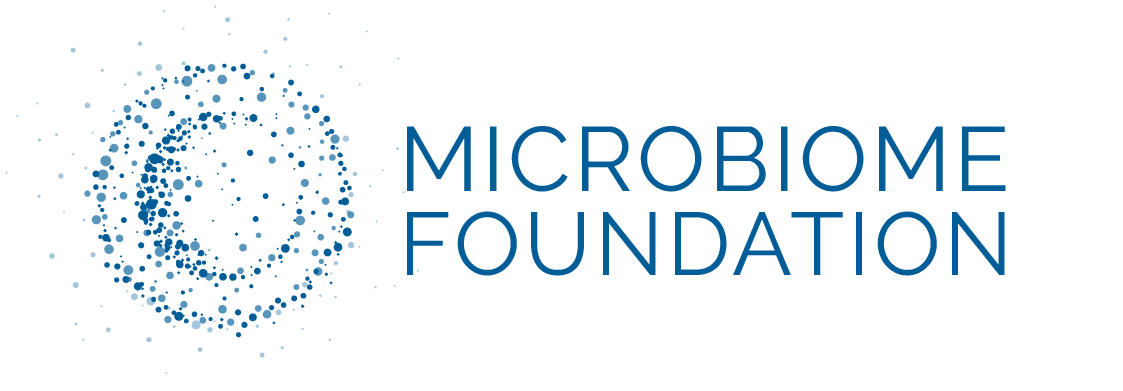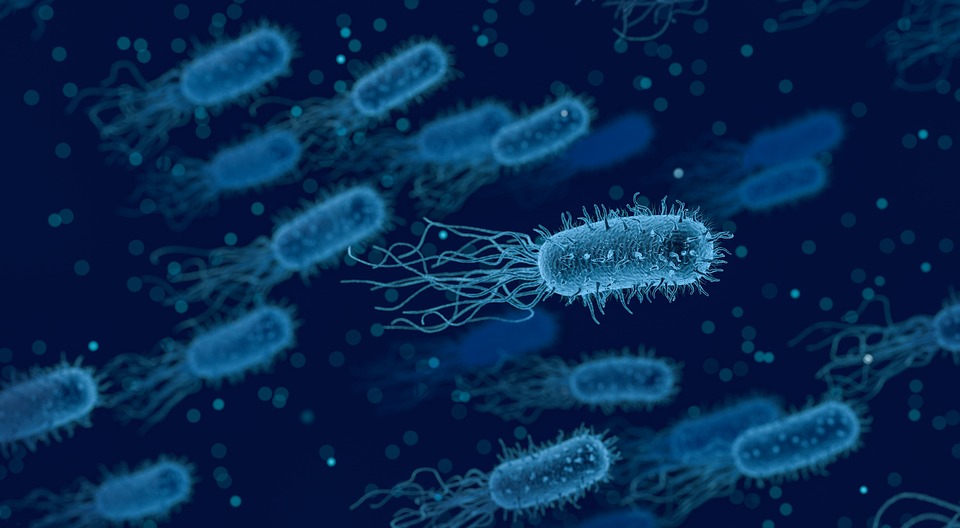Numerous researchers working in the field of infinitesimally small bacteria consider the gut microbiota (formerly known as the intestinal flora) an organ in its own right. The gut microbiota is established at birth, at the moment of delivery, and is formed during the first three years of life, until the child is weaned, when solid foods allow the microbiota to achieve stability and diversification.1 As a result, in adulthood, our gut microbiota alone has 150 times more genes than we ourselves do (humans have 20,000 to 25,000 genes compared to the 3.3 million genes of our microbiota) The body of the microbiota is made up of 250 bacterial species but can contain up to 1,000 different species. In addition, the total number of bacteria hosted by our intestines is 10 times greater than the total number of cells that comprise our body, accounting for between 1 and 2 kg of our body weight.2,3
The gut microbiota establishes a powerful symbiosis with our body because the latter provides the former with an environment conducive to its development (moisture, temperature, pH, as well as nutrients essential to its survival). In exchange, the microbiota, through various bacterial agents (metabolic proteins of bacterial origin and short-chain fatty acids, for example) fulfills a certain number of functions that are indispensable to our body, such as developing our immune system and protecting us against certain pathogenic bacteria and toxins.4 The microbiota is also capable of producing energetic compounds from food that our bodies’ cells are unable to digest (fiber), a phenomenon that benefits our intestinal cells, which can subsequently use this source of energy to function properly.5,6 In addition, our microbiota also seems to influence our eating habits7,8 and brains.9
Every individual has a unique microbiota, a bacterial signature of sorts In fact, a number of factors influence the composition of the microbiota (the host’s genetics, environment, nutrition, individual stress level, etc.). However, individuals who live in the same environment and/or share certain characteristics have a similar – though not identical – microbiota. More and more studies are demonstrating a change in the number or nature of the bacteria normally present in a particular place in our intestines in certain diseases. This is referred to as dysbiosis of the intestines. It is present in metabolic disorders such as obesity,10 anorexia,11 cancer,12 atherosclerosis,13 chronic inflammatory bowel disease,14 autism,15 etc.
The intestinal bacteria, once the “poor relations” of medical specialties such as gastroenterology and nutrition, are being studied increasingly today to understand their physiological effect on the host and to shed light on the impact they can have on the emergence and maintenance of certain diseases.
Bibliography
- Palmer, C., Bik, E. M., DiGiulio, D. B., Relman, D. A. & Brown, P. O. Development of the human infant intestinal microbiota. PLoS Biol.5, e177 (2007).
- Delzenne, N. M., Neyrinck, A. M., Bäckhed, F. & Cani, P. D. Targeting gut microbiota in obesity: effects of prebiotics and probiotics. Nat. Rev. Endocrinol.7, 639–646 (2011).
- Ley, R. E., Peterson, D. A. & Gordon, J. I. Ecological and evolutionary forces shaping microbial diversity in the human intestine. Cell124, 837–848 (2006).
- Francino, M. P. Early development of the gut microbiota and immune health. Pathog. Basel Switz.3, 769–790 (2014).
- Reinhardt, C., Reigstad, C. S. & Bäckhed, F. Intestinal microbiota during infancy and its implications for obesity. J. Pediatr. Gastroenterol. Nutr.48, 249–256 (2009).
- Nicholson, J. K. et al.Host-gut microbiota metabolic interactions. Science336, 1262–1267 (2012).
- Breton, J. et al.Gut Commensal E. coli Proteins Activate Host Satiety Pathways following Nutrient-Induced Bacterial Growth. Cell Metab.23, 324–334 (2016).
- van de Wouw, M., Schellekens, H., Dinan, T. G. & Cryan, J. F. Microbiota-Gut-Brain Axis: Modulator of Host Metabolism and Appetite. J. Nutr.147, 727–745 (2017).
- Lach, G., Schellekens, H., Dinan, T. G. & Cryan, J. F. Anxiety, Depression, and the Microbiome: A Role for Gut Peptides. Neurother. J. Am. Soc. Exp. Neurother.15, 36–59 (2018).
- Gao, R. et al.Dysbiosis Signatures of Gut Microbiota Along the Sequence from Healthy, Young Patients to Those with Overweight and Obesity. Obes. Silver Spring Md26, 351–361 (2018).
- Mörkl, S. et al.Gut microbiota and body composition in anorexia nervosa inpatients in comparison to athletes, overweight, obese, and normal weight controls. Int. J. Eat. Disord.50, 1421–1431 (2017).
- Ma, H. et al.Correlation between microbes and colorectal cancer: tumor apoptosis is induced by sitosterols through promoting gut microbiota to produce short-chain fatty acids. Apoptosis Int. J. Program. Cell Death(2018). doi:10.1007/s10495-018-1500-9
- Al-Rubaye, H., Perfetti, G. & Kaski, J.-C. The Role of Microbiota in Cardiovascular Risk: Focus on Trimethylamine Oxide. Curr. Probl. Cardiol.(2018). doi:10.1016/j.cpcardiol.2018.06.005
- Yu, L. C.-H. Microbiota dysbiosis and barrier dysfunction in inflammatory bowel disease and colorectal cancers: exploring a common ground hypothesis. J. Biomed. Sci.25, 79 (2018).
- Hughes, H. K., Rose, D. & Ashwood, P. The Gut Microbiota and Dysbiosis in Autism Spectrum Disorders. Curr. Neurol. Neurosci. Rep.18, 81 (2018).



